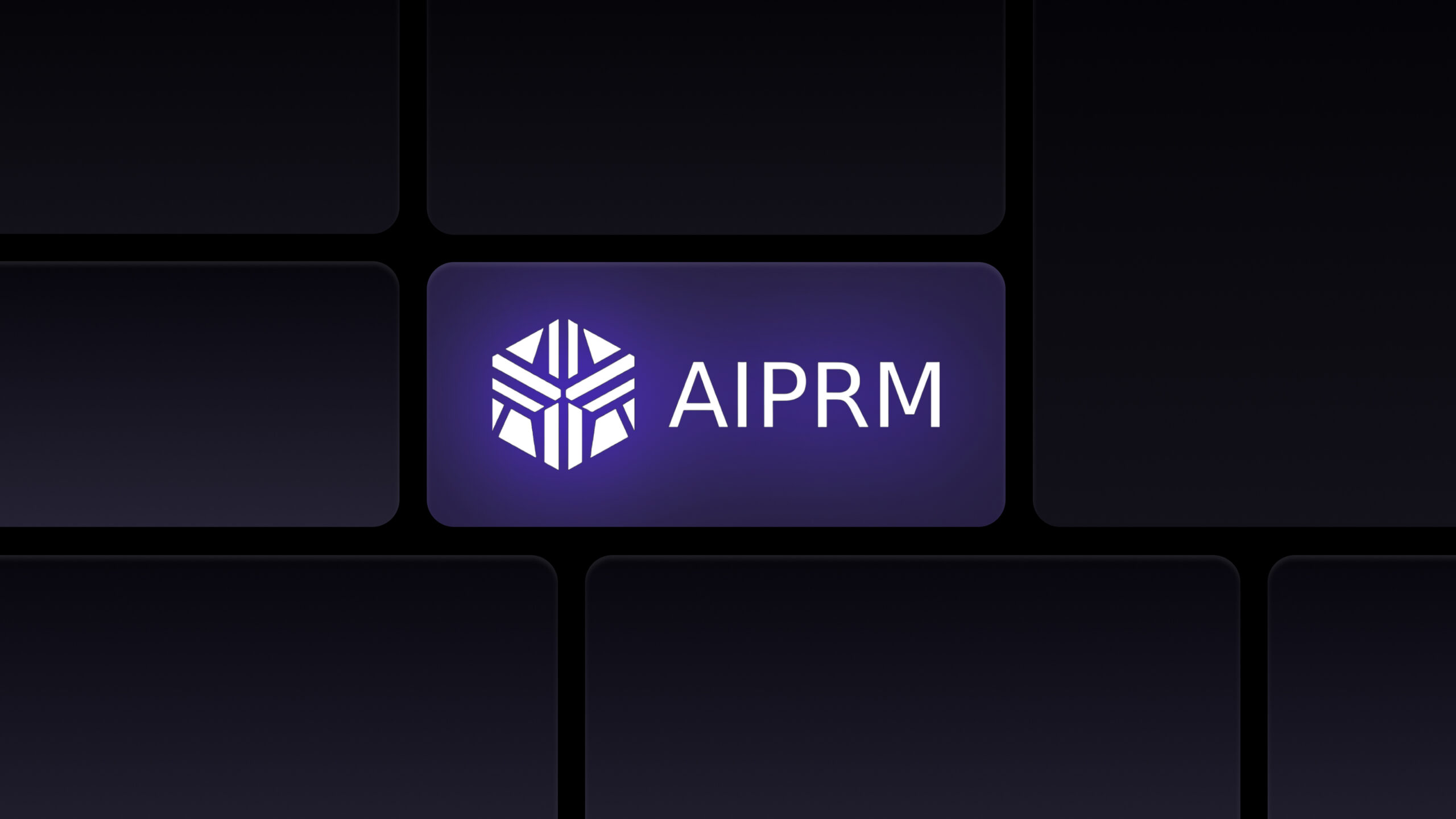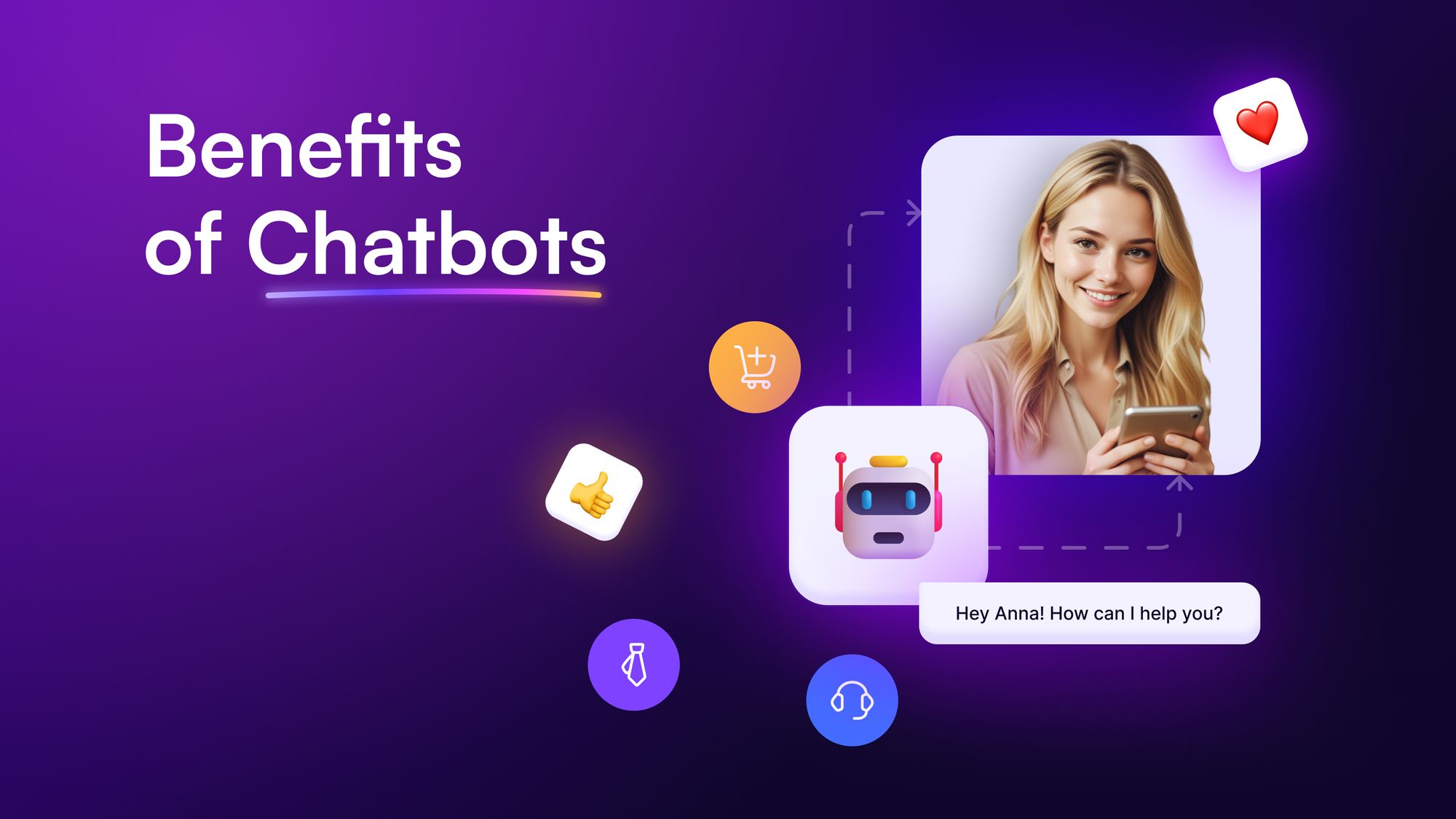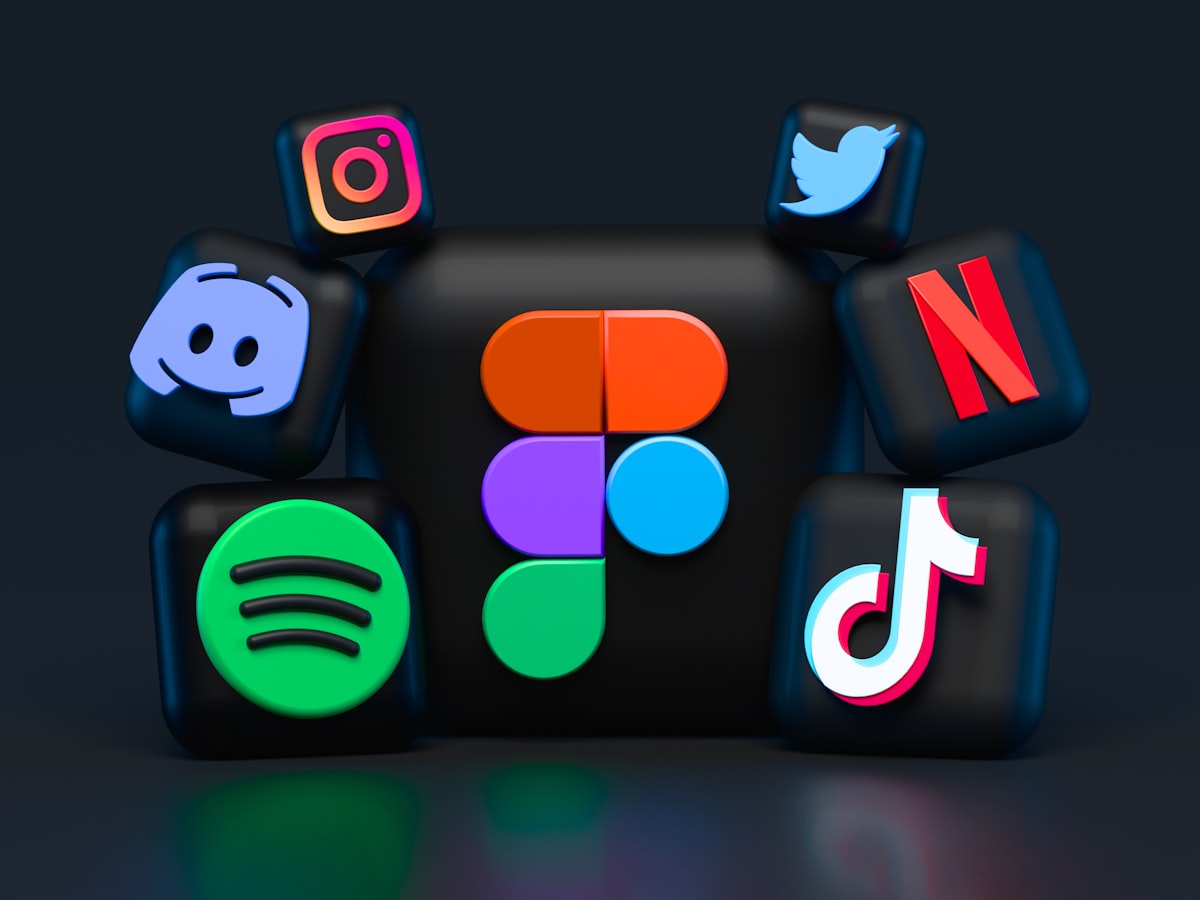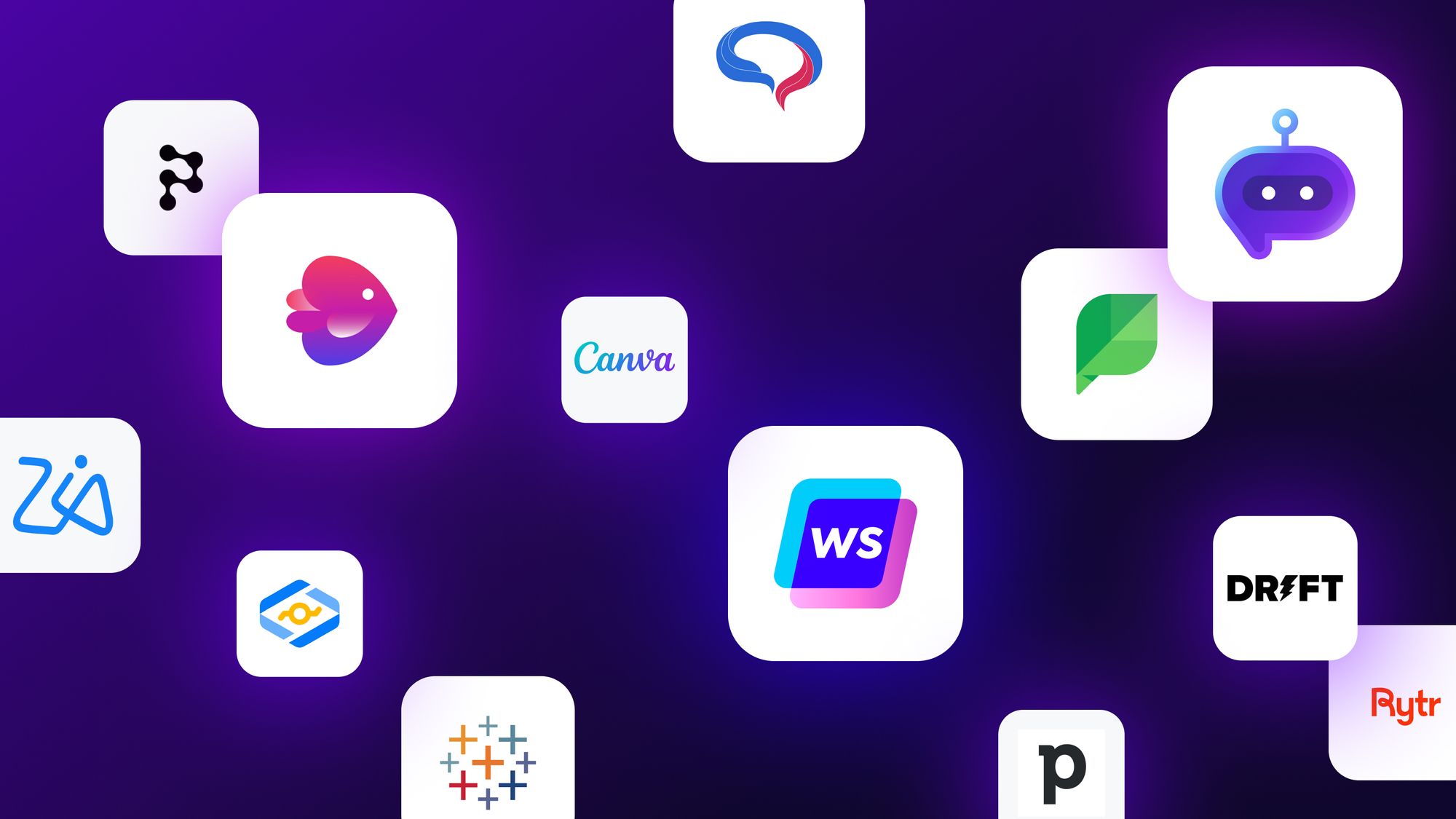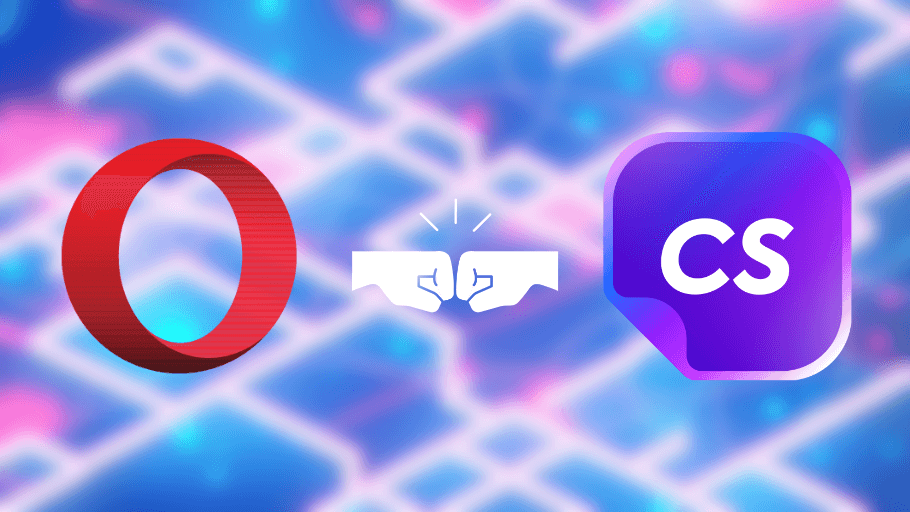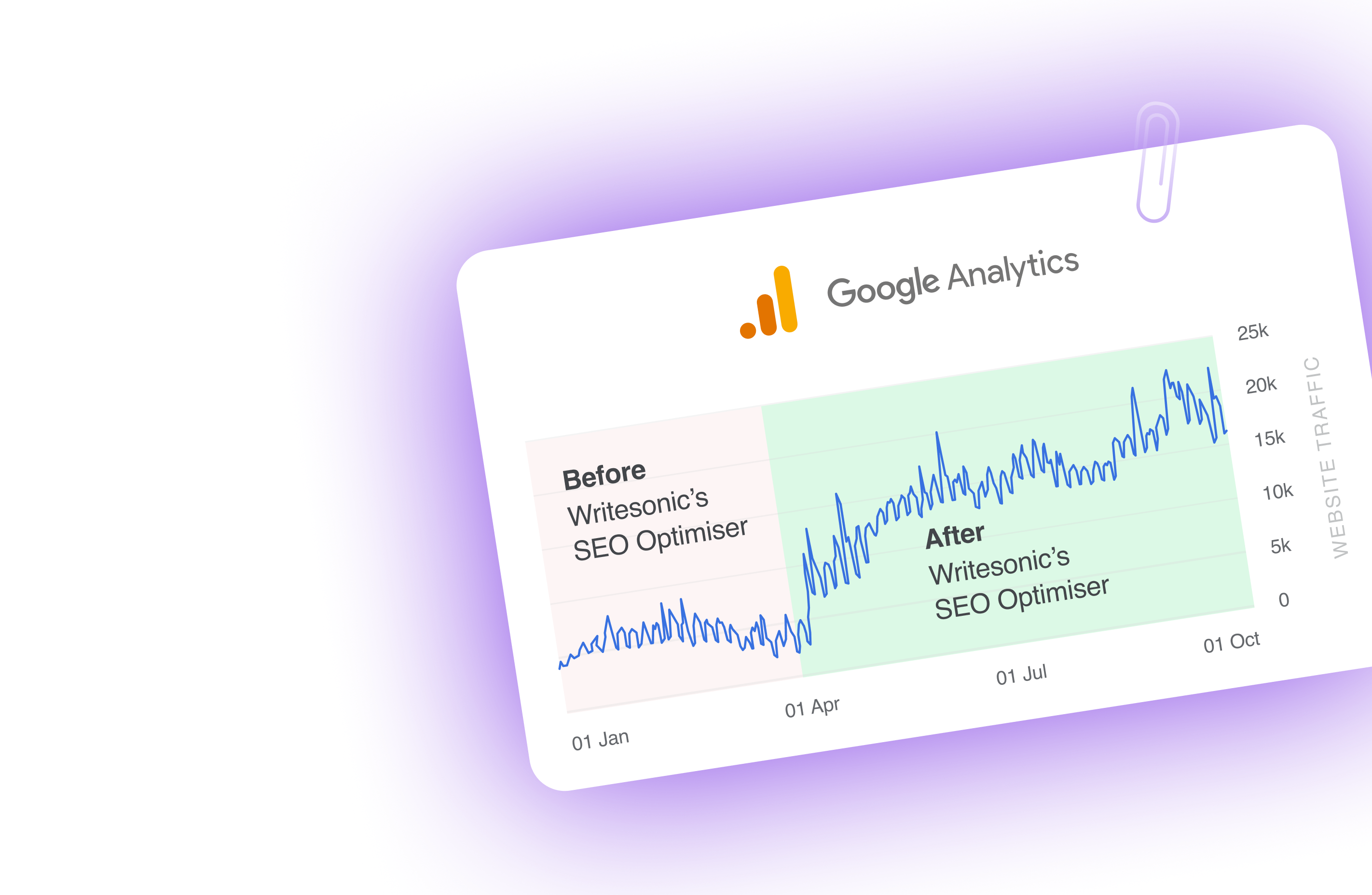Your team is growing exponentially, which is an excellent sign for your company. But this also means your HR team is working doubly to keep up with the many processes and carry out repeated tasks such as administration, payroll management, leave management, etc.
So whether you are a growing team or looking for ways to automate human resource-process tasks, automation is key.
Besides the time you save, you will also see the effect of efficiency trickling across the organization.
HR automation uses software to automate and streamline repetitive HR tasks, allowing HR departments to focus on more strategic initiatives. In this blog, we’ll tell you all about HR automation and how to implement it for your business.
What is HR automation?
HR automation uses software to automate and streamline repetitive HR tasks, allowing HR departments to save time and improve how they manage personnel.
Common examples of automated HR processes include day-to-day HR administration, payroll, benefits administration, email reminders, talent acquisition, new employee onboarding, training and development, timekeeping, and compliance with regulatory requirements.
By automating these tasks, HR automation frees HR personnel to focus on more complex tasks such as planning, strategizing, employee engagement and retention, and decision-making.
Benefits of HR automation
HR automation offers numerous benefits, including:
- Saving time and improving efficiency
- Reducing human error
- Strengthening regulatory compliance posture
- Decreasing paperwork
- Enabling data-driven decision-making
- Creating best practices
- Improving transparency and consistency
- Enhancing employee experiences
- Increasing productivity
- Improving security and compliance practices
Further in this blog, we will understand how they provide these benefits.
Examples for HR automation for existing processes
Currently, within the HR processes, several can be automated with the help of AI and other latest technologies.
Here are some of the key HR processes that are ripe for automation:
Onboarding and offboarding
Automation can generate offer letters, run background checks, add employees to the payroll, enroll them in benefits, assign training, send devices, and assign app accounts. When an employee leaves, automation can generate separation agreements, schedule exit interviews, calculate and issue last paychecks, revoke access to company systems, and more.
Employee data management
HR automation software enables employees to request updates to their data through a self-service portal, which then pushes the information to all connected systems.
Time and attendance management
Automated timesheet apps allow for digitizing the time-tracking process and storing employees’ profiles, attendance records, and other information, making the entire process faster and more accurate.
Leave management
HR automation software offers a fully automated leave management process that automatically calculates leave balances, gets manager approval for leave requests, records leave for payroll circulation and provides real-time spending overviews.
Performance management
HR process automation tools help keep track of important dates, including employee reviews.
Compliance and documentation management
HR document management software organizes files, ensuring compliance with I-9 and other HR-related documentation requirements. It keeps all documents in one place, making it easy to recall and hand over records during audits.
Payroll processing
HR automation can simplify the payroll process by tracking and calculating everything automatically, simplifying payments, and making data much easier to find if needed for a compliance audit or something else.
Benefits administration
The automated benefits process allows employees to access a self-service portal and make selections.
Recruitment process automation
Automation has made recruitment more efficient, from posting job ads to screening resumes. AI-driven tools filter candidates based on predetermined criteria, streamlining the hiring process. Using an interview scheduling software can further optimize the recruitment process by scheduling interviews automatically, ensuring a smooth and professional experience for both candidates and recruiters.
Employee self-service portals
Self-service tools empower employees to manage their personal information, submit time-off requests, and access company policies, fostering independence and reducing administrative overhead.
Learning and development
Learning Management Systems (LMS) have revolutionized how organizations approach employee development. These systems manage course registrations, track progress, and recommend personalized learning paths.
Other HR processes suitable for automation include workforce planning, learning and development, compensation management, and HR analytics and reporting. By leveraging RPA, AI, and cloud-based solutions, HR departments can automate these manual, repetitive tasks and focus on more strategic initiatives that drive business value.
The impact of HR automation on employee experience
Employee experience is critical to an organization’s success, affecting productivity, retention, and satisfaction. It is the sum of all interactions employees have with their organization and its products or services. HR automation can improve employee experience by automating tedious tasks in managing a workforce, reducing manual labor costs, and improving productivity and efficiency. Automation can enhance employee engagement by making employees feel well-treated and contributing their best work.
Streamlined onboarding and offboarding
- Onboarding automation can improve employee engagement and retention by providing a more efficient and organized experience, allowing new hires to feel supported and committed to the company.
- Automated onboarding ensures that every new hire receives the same treatment, reducing the likelihood of errors and inconsistencies in the onboarding process.
- AI tools can effectively streamline and improve the offboarding experience for the departing employee and the organization.
Improved payroll and performance management
- Automation can optimize the payroll process, ensuring accurate and timely payments, which builds trust and confidence in employers.
- Automated systems can track progress, goals, results, and other metrics, increasing visibility into an employee’s impact on the company.
- AI-powered performance management systems gather data from employees’ performance metrics to assess trends and aid in employee development.
Enhanced employee engagement and recognition
- Automation can foster employee bonding by encouraging virtual coffee breaks and conversations between team members.
- Automation reduces the opportunity for human errors, preventing irritation and frustration that can degrade engagement.
- Automation can help employees feel recognized and appreciated by handling menial tasks and allowing them to focus on important work.
Empowering self-service and remote work
- Self-service options enabled by automation empower employees, showing trust and improving engagement.
- Automated HR systems can make employees’ lives easier, preventing awkward conversations and providing clear business rules and validations.
- Automation can improve remote options, making organizations more efficient and flexible, and freeing up energy for creative problem-solving and relationship-building.
Personalized employee experiences with AI chatbots
- AI chatbots can handle routine HR tasks such as answering employee questions about paid time off, payroll, and benefits, freeing up HR staff for more complex tasks.
- They offer 24/7 access to information and support, addressing employee concerns promptly.
- AI chatbots empower employees to self-serve and take control of their HR needs anytime, anywhere.
- AI chatbots can improve employee engagement by offering a convenient and accessible platform for communicating and sending feedback between employees and managers.
- AI options can personalize employee engagement programs that enhance employee well-being and on-the-job satisfaction.
HR automation improves efficiency, provides actionable insights, reduces errors, improves communication and collaboration, reduces paper-based processing costs, and enhances the experience for job candidates and employees. Automated HR processes can improve the employee experience throughout all stages of the employee life cycle.
Tip: When implementing HR automation, it is essential to consider all facets of HR processes and the human element. When done poorly, automation can reduce face-to-face interactions, losing the personal touch necessary in HR processes.
Strategic advantages of HR automation for businesses
HR automation offers numerous strategic advantages for businesses, enabling them to make data-driven decisions, improve efficiency, and enhance the employee experience. By leveraging the power of automation, organizations can gain a competitive edge and position themselves for long-term success.
Data-driven decision making
HR automation allows organizations to track, collect, and analyze various types of data. By doing so, organizations can identify patterns, generate reports, improve processes, and rectify failures.
With the help of data-driven insights, HR analytics tools can optimize recruitment strategies and analyze workforce trends to make more precise and forward-thinking decisions. The tools can also generate detailed reports quickly and efficiently on employee retention or time to hire. **33%** of employees expect their jobs will be augmented by AI in the near future
By analyzing performance review data, organizations can identify skills gaps across teams, enabling them to make informed decisions about their future.
Improved efficiency and cost savings
Did you know that HR managers lose an average of 14 hours a week manually completing tasks that could be automated, leading to inefficient workflows that can cost a company up to to 30% of its annual revenue?
Automation is an efficient way to speed up repetitive, time-consuming tasks, which can minimize the risk of human error. Integrating HR workflows allows data to be easily shared across tools, consolidating workflows and saving money. Implementing HR automation is often less expensive than the cost of inefficient workflows, which can cost a company up to 30% of its annual revenue.
With HR automation, HR teams can focus more on employee-centric activities such as building culture, developing benefits schemes, and creating compensation philosophies. Digitizing HR processes also eliminates paper waste and reduces ink and printer/photocopier maintenance spending.
Plus, simplified documentation management and elimination of document recreation can save up to 25 hours a week.
Enhanced security and compliance
HR automation software can improve security and reduce exposure to liability by digitally handling personal and sensitive information. This type of software provides features like audit logs, authorized access, version control, and real-time updates for documentation and authorization.
Automating payroll processes with a single HR and Payroll solution can prevent costly errors as the system provides alerts for potential issues or changes before the final pay run.
Improved employee experience
The increase in remote work has highlighted the significance of mobile HR applications in providing access to HR services at any time and from any location. Automating HR processes can prevent continuous feedback loops from becoming an additional workload.
It can also increase efficiency and improve employees’ learning experiences. Excellent HR automation ensures consistency across all locations by ensuring tasks are carried out uniformly, providing a real-time view of all offices globally, and offering a clear and fair experience for all employees, regardless of their location.
Challenges in implementing HR automation
Implementing HR automation comes with its challenges and considerations that organizations must address to ensure a smooth transition and successful adoption. Some of the key challenges include:
- Lack of resources: The investment required for HR automation software can be costly, and many SMBs may not have enough resources for AI solutions. Existing softwares can increase its ROI and eliminate the need to convince C-levels about any purchase.
- Integration issues: Most businesses rely on multiple software solutions to manage different HR functions, and integrating these diverse systems can often be complex. Understanding the company’s current digital ecosystem is crucial, and firms must be ready to let go of legacy systems if needed.
- Security and privacy concerns: HR departments work with sensitive information, so proper security is crucial. The HR automation tool chosen should be compliant with IT security regulations. Cybersecurity is the main roadblock to automation, and HR departments must balance providing customer service to employees and respecting their privacy.
- Resistance to change: Employees in the HR department may be wary of automation changes due to fears of job loss or having to learn new technology. Effective change management is essential to minimize disruption to the business and employees during the transition period.
- Compliance concerns: Compliance hiccups, such as tax filing errors or underpayments, are a major concern. Different countries have different labor regulations, making compliance challenging.
- Lack of scalability: HR systems must evolve to support the company’s expansion. A clear automation strategy is necessary before implementing any initiatives.
- Expensive and complex IT support: Subscription-based SaaS solutions offer more freedom to experiment with different platforms. Vendors should have clear customer support services, training, and cybersecurity plans.
To overcome these challenges, organizations should:
- Identify repetitive tasks that are suitable for automation.
- Ensure the HR team is trained to use the new automated systems for a smooth transition and accelerated adoption.
- Determine key metrics to measure the success of automation efforts and strive for continuous improvement.
- Consider subscription-based solutions and free trials to help with budgeting challenges.
- Select a versatile tool to accommodate different types of vendors.
- Focus on one of the holistic Enterprise Resource Planning Software (ERP) such as Productive that can streamline all the processes on one dashboard
By addressing these challenges and considerations, organizations can successfully implement HR automation and reap the benefits of increased efficiency, improved consistency, higher accuracy, reduced costs, guaranteed compliance, and data-driven insights.
Conversational AI for employee experience is the HR tool you need
Conversational AI is revolutionizing how HR departments operate, bringing a new level of efficiency and engagement. Chatbots and virtual assistants are becoming essential tools in HR, offering real-time answers to employee queries and improving service delivery.
A conversational AI is used in various sectors, including Human Resources, and serves multiple purposes such as recruitment, onboarding, retention, employee offboarding, and answering repetitive questions, complementing tools like Top Echelon Software for seamless HR management.
The power of AI virtual assistants in HR
Conversational AI virtual assistants can revolutionize onboarding by enabling self-service training and engagement with new employees. These assistants are powered by AI and can guide employees, process data, and send notifications, enabling HR managers to work more efficiently.
They can also automate the recruitment process by screening candidates, scheduling appointments, managing interactions, and facilitating selection, which helps streamline HR recruitment.
Applications of conversational AI in HR
- Corporate FAQs
- Performance Reviews
- Leave Requests
- Automating Compliance
- Streamlined Onboarding
Conversational AI technologies have transformed workflows in various enterprise functions, including HR, by enabling employees to contact virtual assistants or “HR Bots” for recurring queries. Organizations today are very particular about where they want HR teams to act as human touchpoints and where they want employees to self-serve. Conversational AI-powered HRSS functions as a seamless, cohesive unit, making it easy for everyone to pull out information or execute tasks by raising a simple request.
By leveraging the power of conversational AI, HR departments can manage the bulk of mundane and routine work, freeing up human staff for more meaningful and high-value efforts.
Introducing Botsonic: The Automated Employee Support solution
In today’s fast-paced business landscape, efficiency and agility are paramount for success. Meet Botsonic – your all-in-one solution for HR automation. Botsonic is designed to streamline HR processes, enhance workplace efficiency, and boost employee morale effortlessly.
Here is how Botsonic supports your HR functions:
- Instant access to information: Botsonic empowers your workforce by providing instant access to information. Whether employees need to check company policies, request time off, or inquire about benefits, Botsonic is readily available to assist, ensuring that employees can access crucial information whenever they need it.
- Easy access via any device: With Botsonic, employees can conveniently access HR and company resources from any device. Whether they’re using a computer, tablet, or smartphone, Botsonic ensures seamless accessibility, promoting flexibility and convenience in accessing important HR-related information and services.
- Accelerated onboarding with personalized learning paths: Botsonic accelerates the onboarding process by offering personalized learning paths. New hires can receive tailored training materials and resources based on their roles, skills, and learning preferences, allowing them to quickly adapt to their new roles and responsibilities.
- Workflow automation: Botsonic streamlines workflows across your business systems by automating repetitive tasks and processes. Whether it’s processing employee requests, updating payroll information, or managing benefits enrollment, Botsonic automates these tasks, saving time and reducing the likelihood of errors.
- Effortless navigation of time off, benefits, and payroll: Botsonic simplifies the navigation of time off requests, benefits inquiries, and payroll-related tasks. Employees can easily submit time off requests, check their benefits status, or view their pay stubs through Botsonic’s intuitive interface, eliminating the need for manual intervention and streamlining administrative processes.
- Support in native language: Botsonic supports employees in their native language, ensuring that language barriers do not hinder communication or access to essential HR services. Whether employees speak English, Spanish, French, or any other language, Botsonic provides multilingual support, fostering inclusivity and enhancing employee satisfaction.
Benefits of using AI chatbots for HR automation
AI chatbots like Botsonic offer numerous benefits for HR automation, streamlining processes, and improving employee experiences. Here are some key advantages of using AI chatbots in HR:
24/7 availability
AI chatbots provide support around the clock, answering employee queries anytime. This ensures that employees have access to information and assistance whenever needed, without being limited by HR office hours.
Instant responses
Chatbots can reduce employee frustration and improve satisfaction by quickly responding to common questions and concerns.
Consistent and accurate information
AI chatbots reduce the risk of human error by providing consistent responses and up-to-date information from a centralized knowledge base.
Streamlined HR tasks
Automating HR tasks using chatbots, such as answering FAQs, processing leave requests and providing policy information, allows HR teams to focus on more complex responsibilities.
Improved employee engagement
AI chatbots can enhance employee engagement by providing personalized interactions, proactive communication, reminders, feedback gathering, and updates, fostering a sense of connection among employees.
Scalability and cost-effectiveness
Chatbots can handle multiple inquiries simultaneously, saving costs by reducing the need for additional HR staff to handle routine queries.
Data collection and analysis
AI chatbots can gather valuable data about employee interactions, preferences, and concerns. This data can be analyzed to identify trends, enhance HR processes, and make data-driven decisions.
Enhance the employee experience with AI chatbots
AI chatbots play a crucial role in improving the employee experience by providing:
- Personalized support and guidance
- Instant access to information and resources
- Streamlined HR processes and reduced wait times
- Proactive communication and engagement
- Consistent and reliable assistance
By leveraging the power of AI chatbots, HR departments can create a more efficient, responsive, and employee-centric environment. This ultimately leads to higher employee satisfaction, productivity, and retention.
Use cases of chatbots for HR automation
AI chatbots are revolutionizing the HR landscape by automating various processes and enhancing the candidate and employee experience. Here are some key use cases of HR chatbots for HR automation:
Streamlining the recruitment process
- AI chatbots can reduce hiring biases and increase candidate diversity by conducting initial screenings based on objective criteria.
- They can enhance the candidate’s experience by simplifying the application process and customizing communications, providing a seamless and engaging interaction.
- By handling initial candidate screenings and responding to straightforward inquiries, AI chatbots take a heavy burden off busy HR teams, allowing them to focus on more strategic tasks.
Enhancing employee onboarding
- AI chatbots can guide new hires through onboarding, providing personalized information and answering common questions.
- They can assist with paperwork, benefits enrollment, and policy familiarization, ensuring a smooth transition for new employees.
- Chatbots can also facilitate introductions to team members and provide resources for successful integration into the company culture.
Streamlining HR support
- AI chatbots can handle various HR-related queries, such as leave requests, payroll inquiries, and policy clarifications.
- They provide instant, 24/7 support to employees, reducing response times and improving overall satisfaction.
- By automating routine tasks and inquiries, chatbots free up HR professionals to focus on more complex and strategic initiatives.
Facilitating employee engagement and development
- AI chatbots can conduct regular check-ins with employees, gathering feedback and identifying areas for improvement.
- They can provide personalized learning and development recommendations based on an employee’s role, skills, and career aspirations.
- Chatbots can also facilitate peer-to-peer recognition and encourage employee participation in company initiatives and events.
Here are the direct benefits of each use case:
| Use Case | Benefits |
|---|---|
| Recruitment | Reduced bias, increased diversity, enhanced candidate experience |
| Onboarding | Personalized guidance, streamlined paperwork, smooth transition |
| HR Support | Instant 24/7 support, reduced response times, improved satisfaction |
| Engagement & Development | Regular check-ins, personalized recommendations, peer recognition |
By leveraging AI chatbots for these HR use cases, organizations can streamline processes, improve employee experiences, and drive overall HR efficiency and effectiveness.
HR automation powered by a chatbot is the future
HR automation is undoubtedly revolutionizing the future of HR process management, offering businesses numerous benefits, from streamlining repetitive tasks to enhancing employee experiences. The integration of cutting-edge technologies such as Artificial Intelligence (AI), Robotic Process Automation (RPA), and Conversational AI has made it possible for HR departments to optimize their processes, reduce costs, and make data-driven decisions. However, implementing HR automation also comes with challenges, such as integration issues, security concerns, and resistance to change, which organizations must carefully address to ensure successful adoption.
As businesses navigate HR automation, choosing the right tools and platforms that align with their specific needs and goals is crucial. Innovative solutions like Botsonic offer HR chatbots that enable organizations to harness the power of automation and deliver a seamless employee experience. Embracing HR automation is not just a trend but a strategic imperative for businesses looking to stay competitive in the digital age. With HR automation, companies can improve efficiency, reduce errors, and focus on strategic tasks that drive growth and success
Sign up to use Botsonic to amplify your employee experience
Frequently asked questions
What does the future hold for HR automation?
The future of HR is closely linked with advancements in AI and automation. These technologies are designed to enhance the abilities of HR professionals rather than replace them, helping them to play a more strategic role in achieving the goals of their organizations.
What exactly is HR process automation?
HR process automation uses software to convert repetitive and labor-intensive HR tasks into digital processes. This includes tasks like employee onboarding, payroll, timekeeping, and managing benefits, which allows HR staff to concentrate on more strategic and impactful activities.
Will automation replace HR professionals?
Automation is not expected to completely replace HR professionals. Instead, AI and automation will complement their roles, enabling them to focus on more strategic aspects that necessitate human judgment and interaction. As AI technology evolves, HR professionals must keep abreast of developments and adapt accordingly.
Which HR processes are most improved by automation?
Several HR functions are prime candidates for automation, including payroll processes, benefits administration, and employee benefits management through self-service platforms. Additionally, automated systems can efficiently distribute email reminders and other notifications to employees.
- Answering candidate questions about job openings and the application process
- Scheduling interviews and providing updates on application status
- Conducting initial screenings and assessments
- Providing a personalized and engaging candidate experience
Employee Engagement and Wellness
- Conducting employee surveys and polls
- Providing personalized recommendations for wellness programs and activities
- Offering mental health support and resources
- Facilitating employee recognition and appreciation initiatives
By leveraging HR chatbots for these use cases, organizations can significantly reduce manual tasks, improve response times, and create a more efficient and employee-centric HR function. As conversational AI advances, the potential applications for HR chatbots will only grow, transforming how HR departments operate and interact with employees.

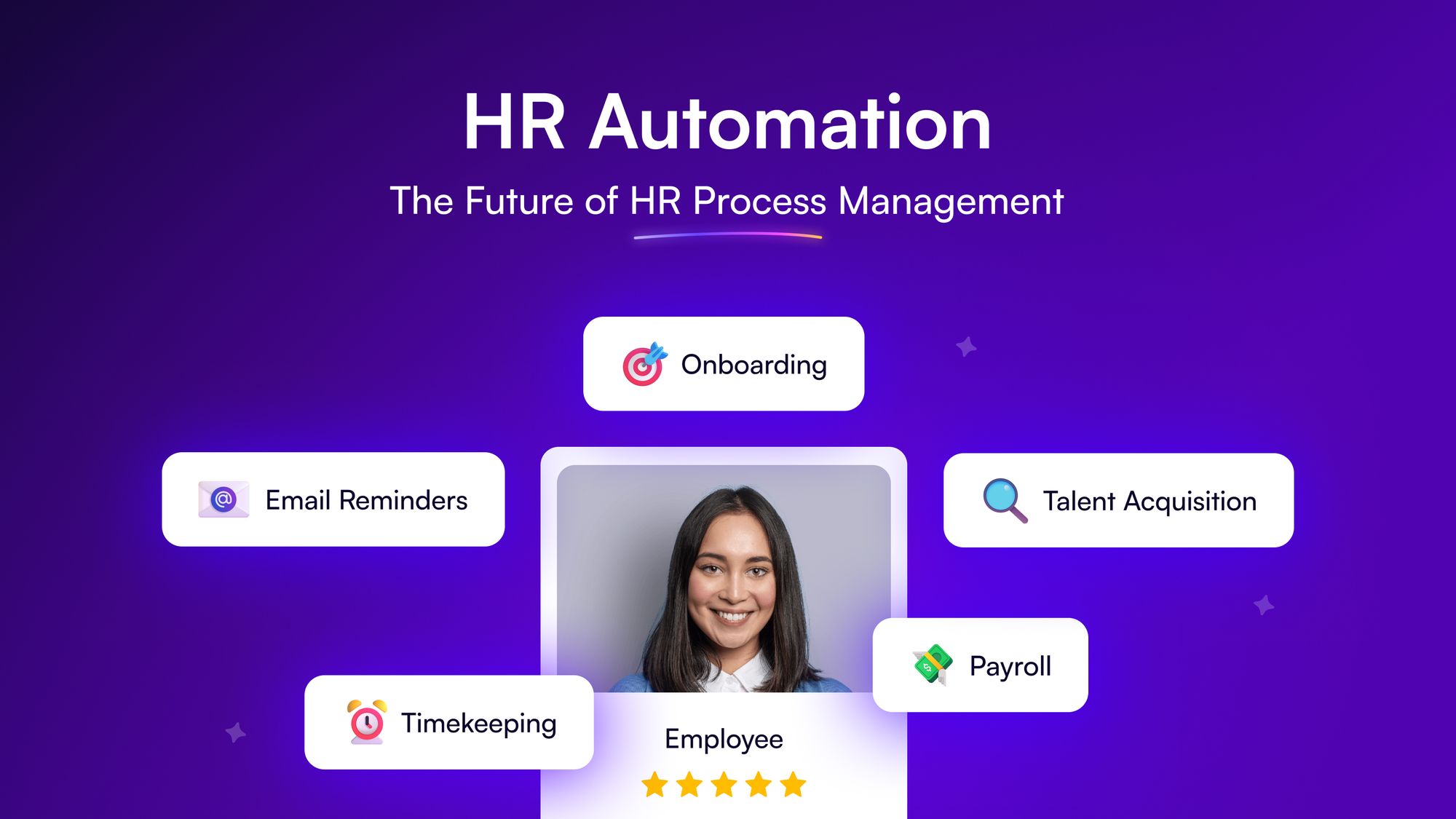


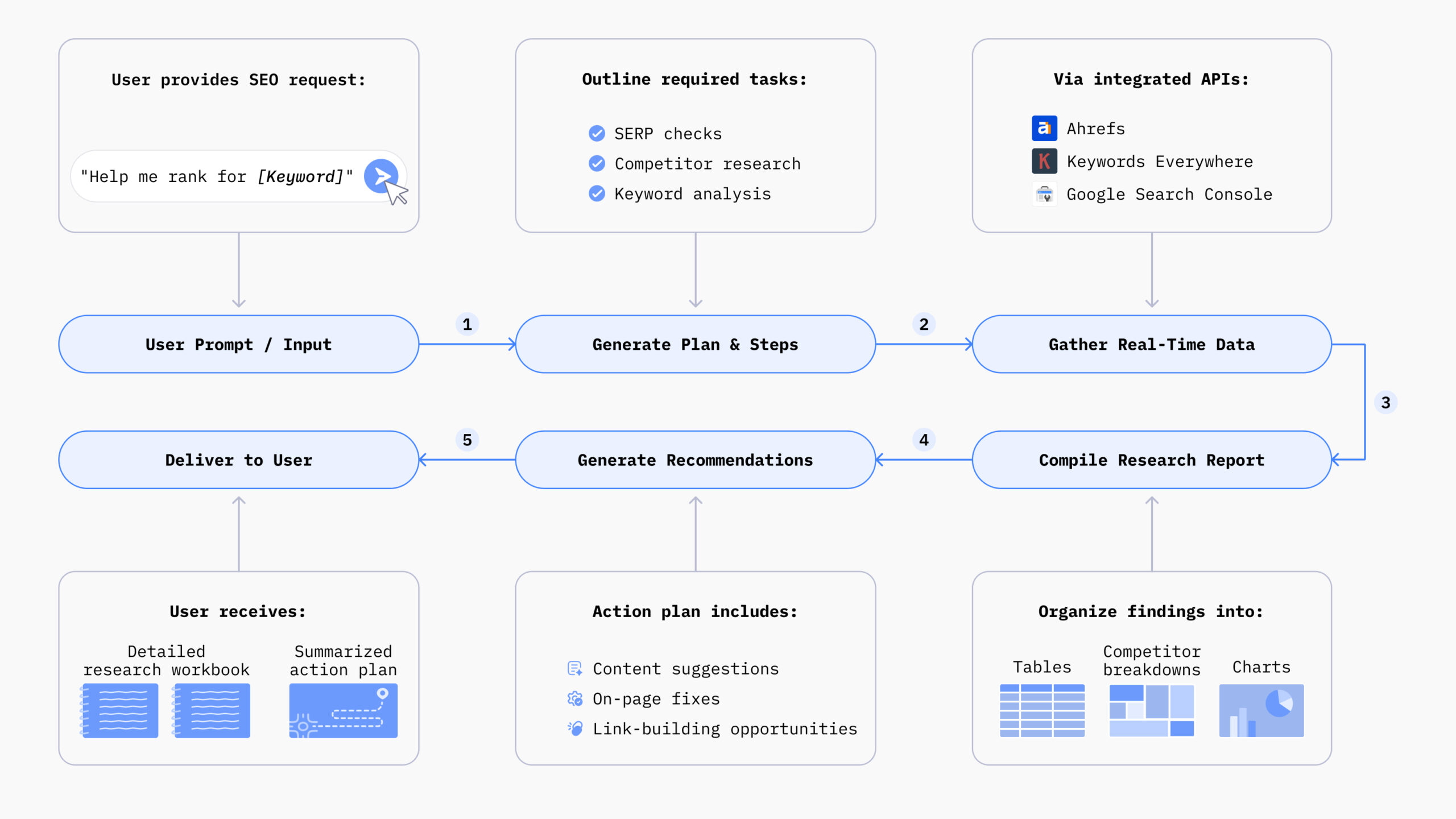

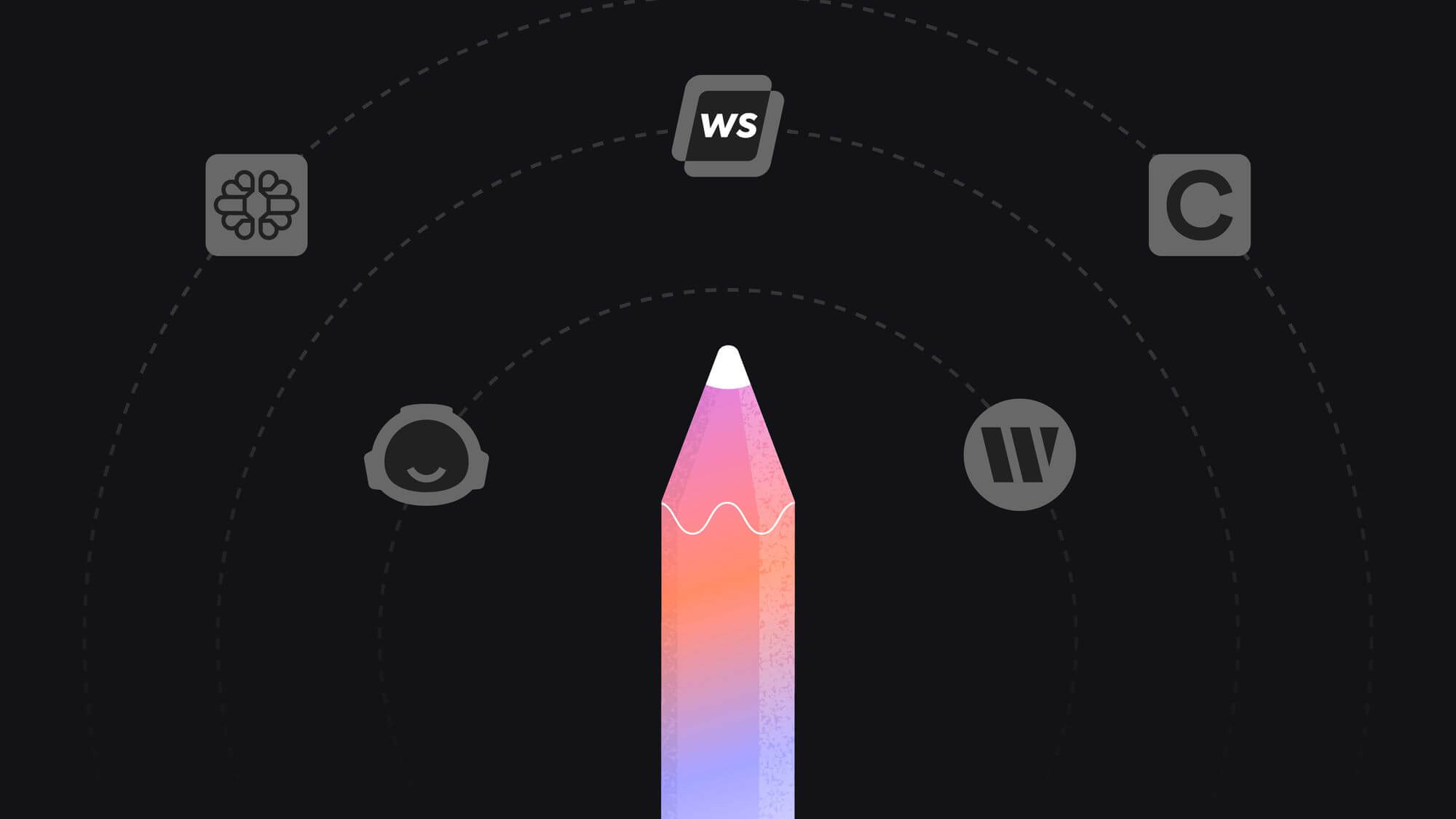

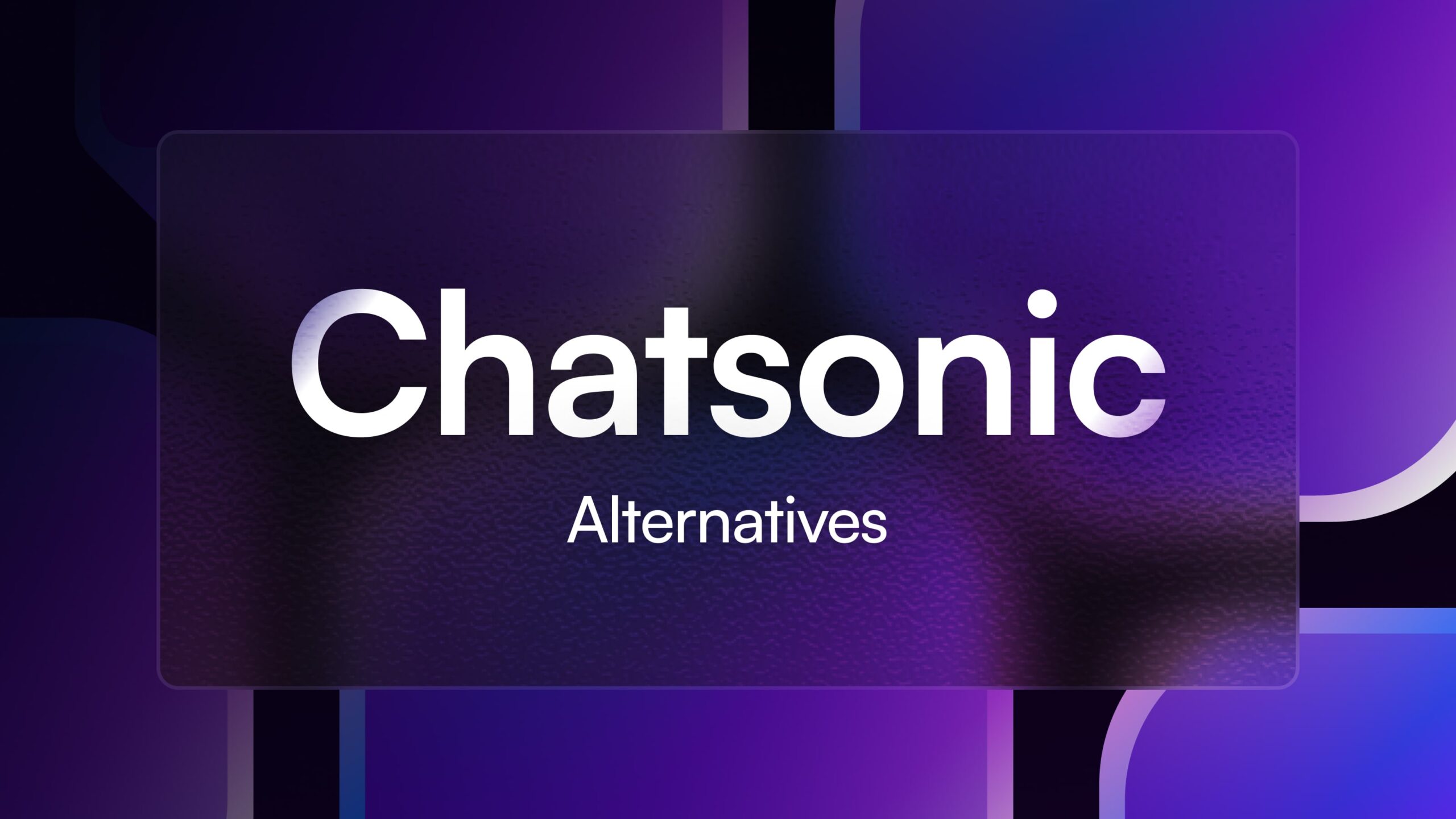
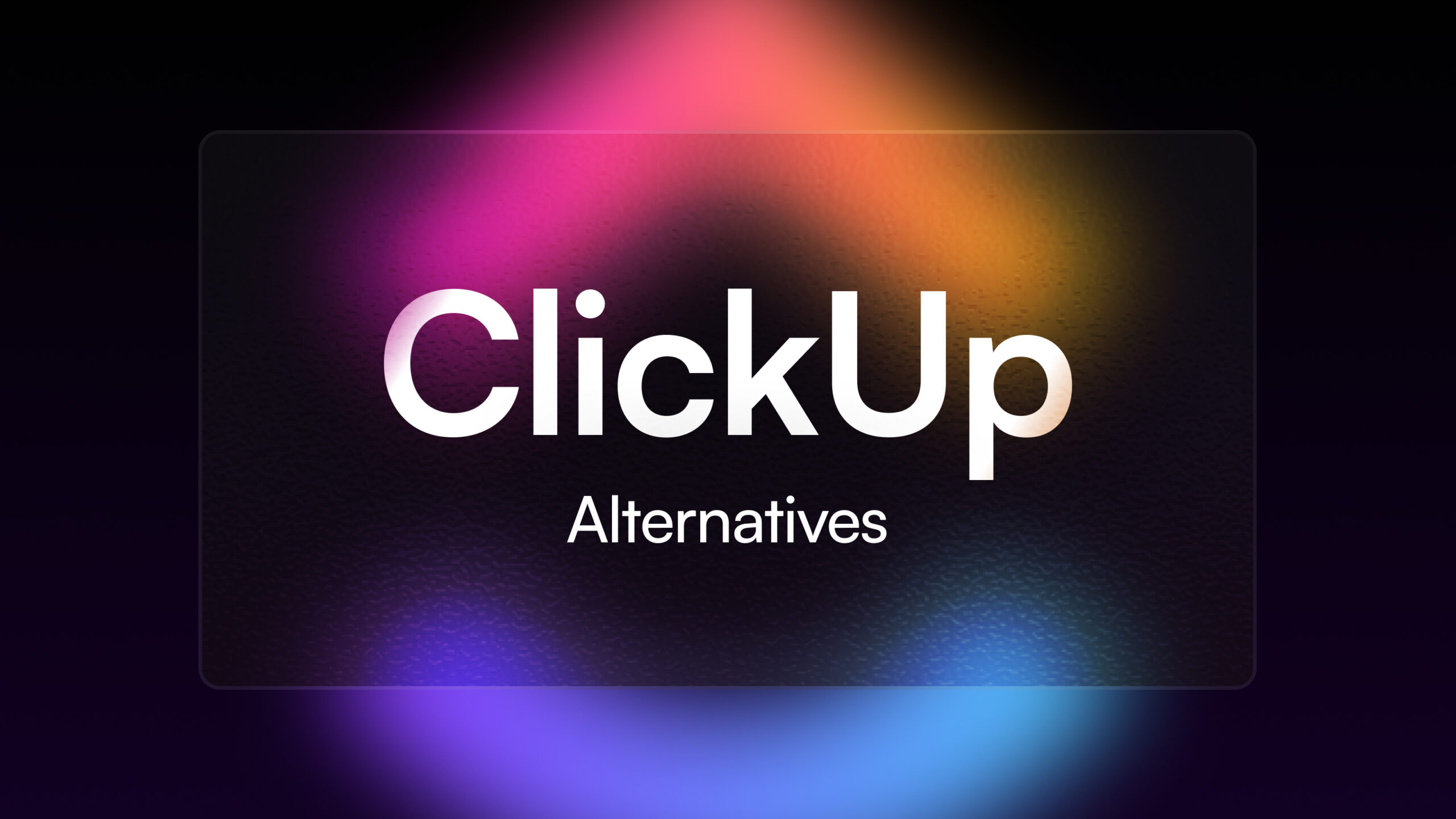


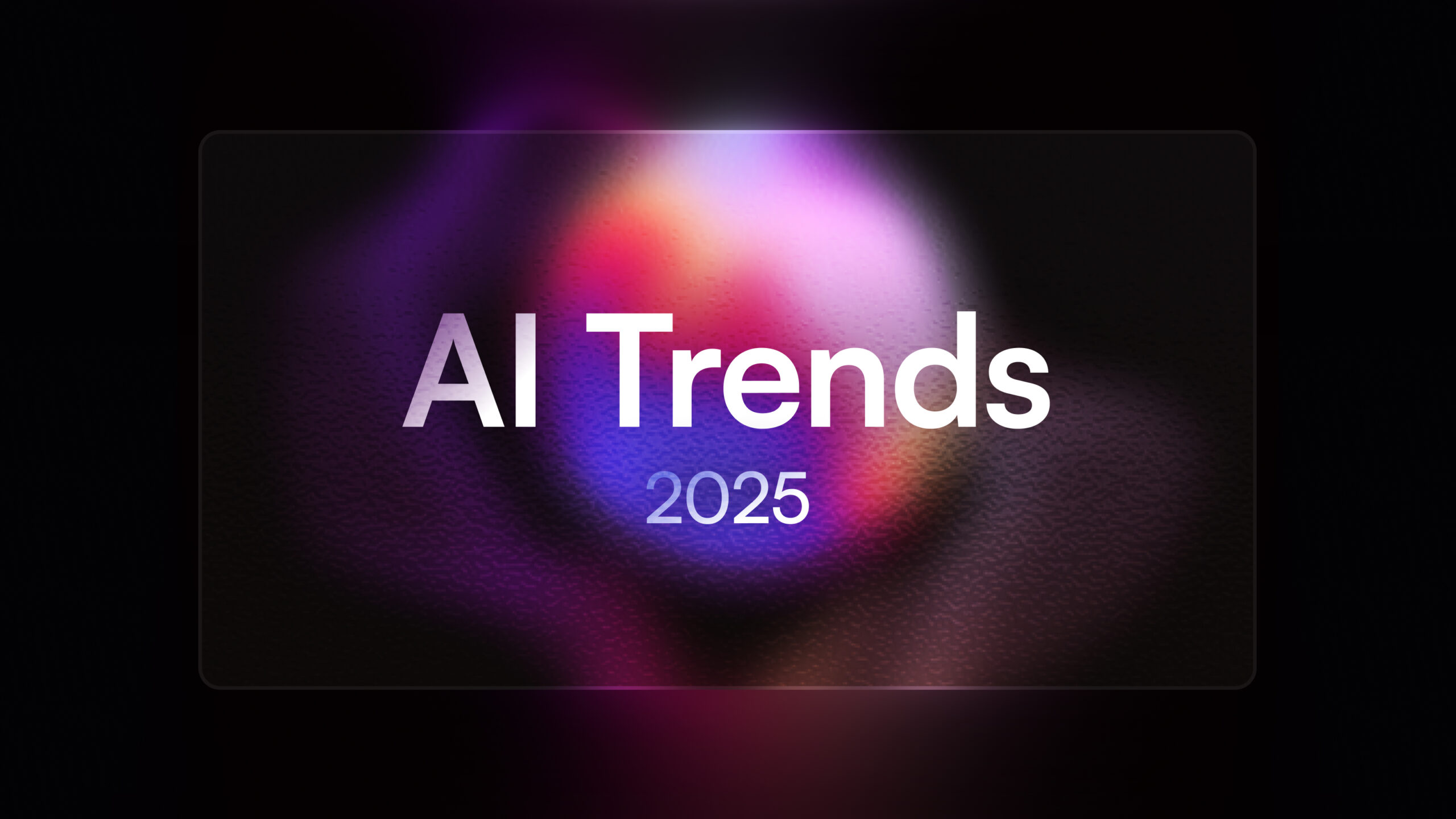
![How to Outsource Content Writing: Essential Steps [+10 Best Platforms]](/wp-content/uploads/Outsourcing-Content-Writing.jpg)
![How to Use ChatGPT for SEO: 10+ Strategies [Tips and Tricks]](/wp-content/uploads/4-1-1.png)
